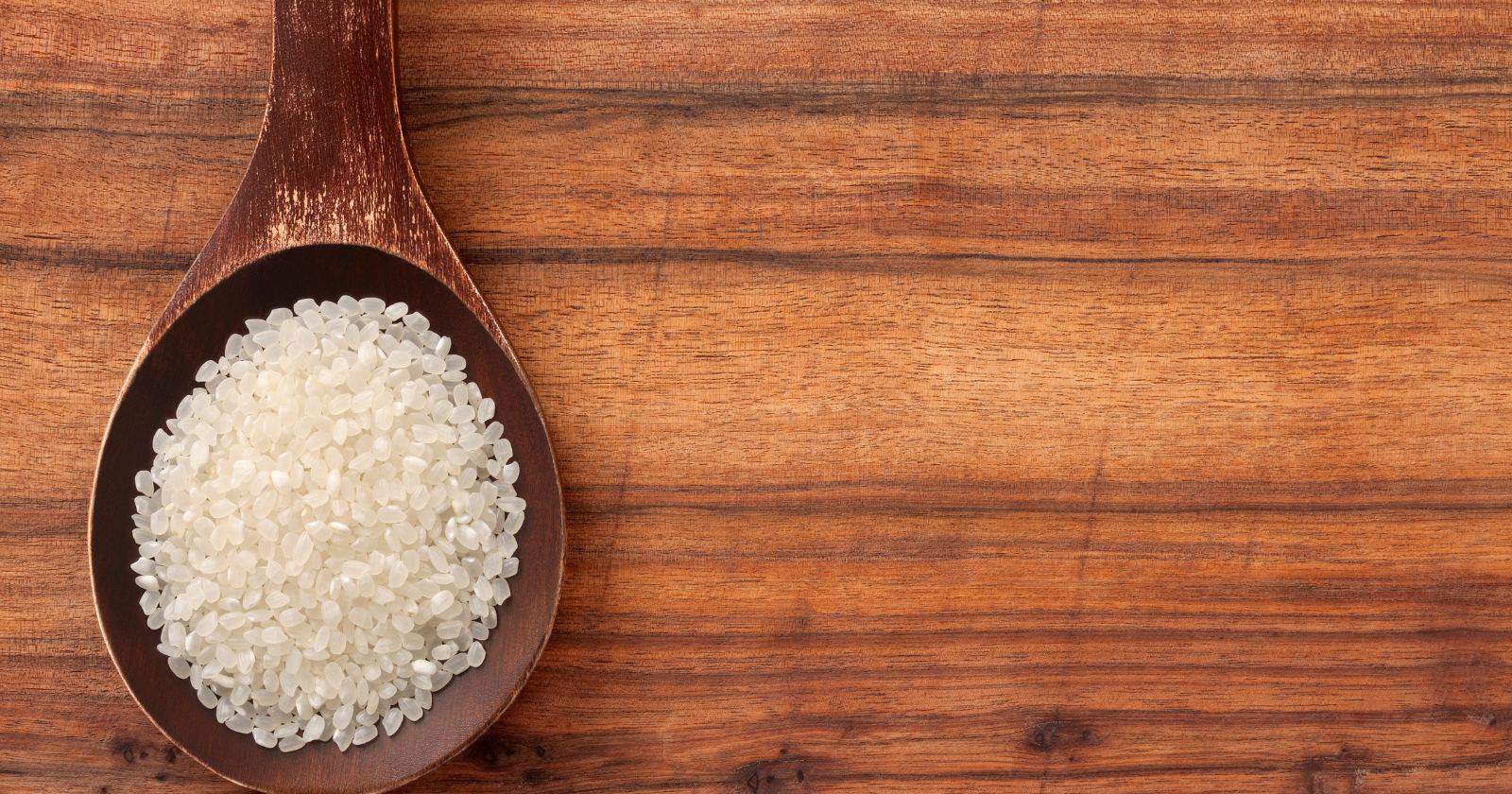Have you ever wondered what makes sushi rice so sweet and delicious? As a lover of sushi myself, I used to think the sweetness came from adding sugar. However, the delicious sticky rice that holds sushi together gets its sweet, tangy flavor from a special seasoning mixture.
Sushi rice starts out as short-grain Japanese rice, which has a soft and sticky texture perfect for shaping into sushi rolls. The rice is rinsed several times to remove excess starch. Then, it is cooked with a specific water to rice ratio to achieve the perfect sticky yet separated grains.
After cooking, the rice is cooled to room temperature before seasoning. This prevents the rice from getting gummy. The magic seasoning is a blend of rice vinegar, sugar, and salt. It adds a sweet and sour taste that complements the fish and vegetables wrapped inside the roll. Too much seasoning overpowers the fresh flavors, while too little leaves the rice bland. Finding the right balance is key.
The sweetness of sushi rice comes from the sugar in the vinegar dressing. Combine this with the soft, sticky texture of short-grain rice, and you get a perfect base for sushi rolls. Unlike long grain rice, short grain clings together just enough to hold the fillings in place.
Now that you know the secrets behind sweet sushi rice, go ahead and give it a try! Making the rice may take some practice, but the results are worth it. Let me know if you have any other sushi mysteries you need solved. In my next post, I’ll explain how to make perfect sushi rice at home. You’ll be rolling expert-level sushi in no time!
Sushi Rice Starts with Short Grain Japanese Rice
The first key is using the right type of rice. Sushi rice is made from short or medium grain Japanese rice varieties like Koshihikari, Nishiki, and Akitakomachi.
Compared to long grain rice, short grain Japanese rice is stickier and softer when cooked. The starchy grains cling together, which allows sushi rice to be molded into bite-sized pieces.
Long grain jasmine or basmati rice won’t give you the right texture. When shopping, look for rice labeled “sushi rice” or check that the grains are short and plump.
Washing Removes Excess Starch
Before cooking, sushi rice needs to be rinsed several times. This removes surface starches and prevents the rice from getting too gummy.
Place the rice in a strainer and run cold water over it, gently rubbing the grains together with your hands. The water will look milky as it rinses away starch. Drain and repeat 3-4 times until the water runs clear.
Washing produces tender, separated grains of rice that stick together without being gloppy. Make sure to drain well after rinsing.
Cooked Using a Precise Rice-to-Water Ratio
Cooking the rice properly is key for getting the right consistency. Unlike regular rice, sushi rice is cooked with a bit less water.
The ratio is typically 1 cup of rice to 1 1/4 cups of water. This produces firm, sticky rice perfect for rolling and shaping.
If you use too much water, the rice will be too soft and mushy. Don’t be tempted to stray from the ratio! Stick with 1 cup rice to 1 1/4 cup water.
After cooking, let the rice steam for 10-15 minutes with the lid on. Then gently fluff with a fork or paddle. Resist the urge to stir vigorously! This will make the rice mushy again.
Cooling to Room Temperature Before Seasoning
Here’s a pro tip: sushi rice must be cooled to room temperature before seasoning.
Seasoning hot rice will make it gummy and glue-like. Cooling helps each grain of rice absorb the seasoning without clumping together.
Once cooked, spread out the rice on a baking sheet and let it cool for 15-30 minutes. Use a fan to speed up the process if desired.
Patience pays off with tender grains of rice that hold together but don’t get mushy when seasoned.
The Secret Seasoning Blend
Now we get to the good part – the sweet, tangy seasoning that sets sushi rice apart!
The seasoning is a mixture of rice vinegar, sugar, and salt. This balances sweet, sour, and salty flavors.
Rice vinegar adds a mild acidity and subtle sweetness. Meanwhile, the sugar enhances the sweetness. A pinch of salt brings out the flavors.
Combine in a 2:1:0.5 ratio:
- 2 parts rice vinegar
- 1 part sugar
- 0.5 part salt
For 1 cup of dried sushi rice, mix together:
- 1/4 cup rice vinegar
- 2 tbsp sugar
- 1 tsp salt
Stir to dissolve the sugar and salt into the vinegar.
Seasoning is a Balancing Act
When making the seasoning, it’s tempting to tweak the amounts to taste. But stick to the ratios!
Too much sugar will make the rice cloyingly sweet. Not enough sugar, and it will be bland.
Likewise, too much vinegar gives the rice a harsh sourness. Too little vinegar won’t provide enough tang.
Use the 2:1:0.5 blend and adjust in small increments if needed. Seasoning is truly a delicate balancing act.
Fold Gently to Mix Seasoning
Once the rice is cooled, transfer it to a large bowl or pot.
Slowly drizzle the seasoning over the rice. Use a wooden spoon or paddle to gently fold the liquid into the grains.
You want to coat each grain without over-handling the rice. Fold just until combined. Don’t vigorously stir or you’ll make the rice gummy again!
Let Rice Absorb Seasoning
After folding in the seasoning, let the rice sit for 5-10 minutes. This gives time for each grain to fully absorb the flavor.
You’ll notice the texture becomes stickier and shinier as the seasoning penetrates.
Now the rice is ready to use for rolling spectacular sushi!
Pro Tips for Perfect Sweet Sushi Rice
Follow these tips for incredible sushi rice every time:
- Use short or medium grain Japanese rice like Koshihikari. Do not substitute long grain rice.
- Wash the rice thoroughly in a strainer until the water runs clear.
- Cook with a 1:1 1/4 rice to water ratio.
- Let rice steam for 10-15 minutes after cooking.
- Cool rice completely before seasoning.
- Use a 2:1:0.5 ratio for seasoning liquids.
- Fold gently rather than stirring vigorously.
- Allow rice to absorb seasoning for 5-10 minutes after mixing.
Ready to Roll Your Own Sushi?
Now you’re ready to make sweet, tangy sushi rice like the pros!
Knowing how to cook and season sushi rice properly allows you to create incredible sushi masterpieces at home.
It does take practice to perfect the art of sushi rice. Don’t get discouraged if your first few tries don’t turn out quite right.
Be patient, stick to the tips above, and tweak as needed. You’ll be rolling Instagram-worthy sushi in no time.
Let me know if you have any other sushi questions! I’m happy to help solve the mysteries behind maki, nigiri, and all things sushi.




